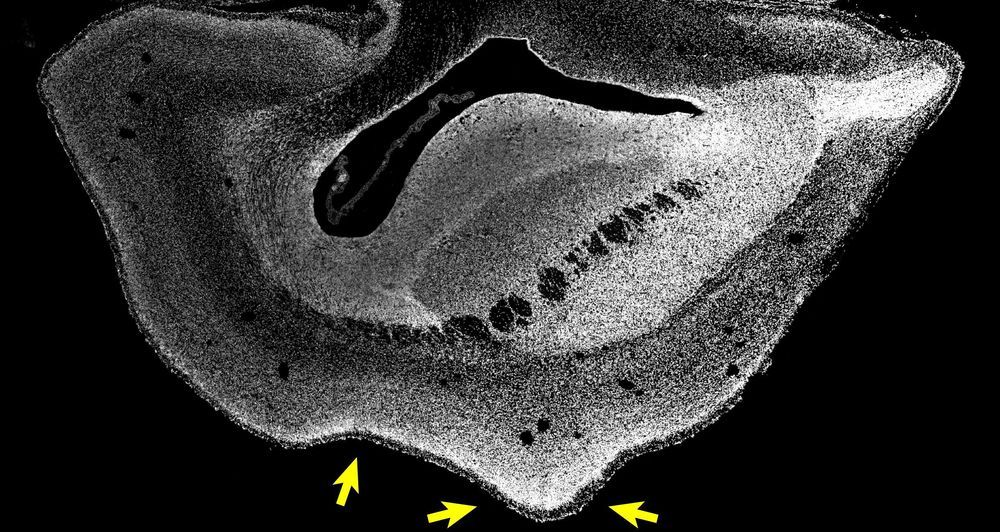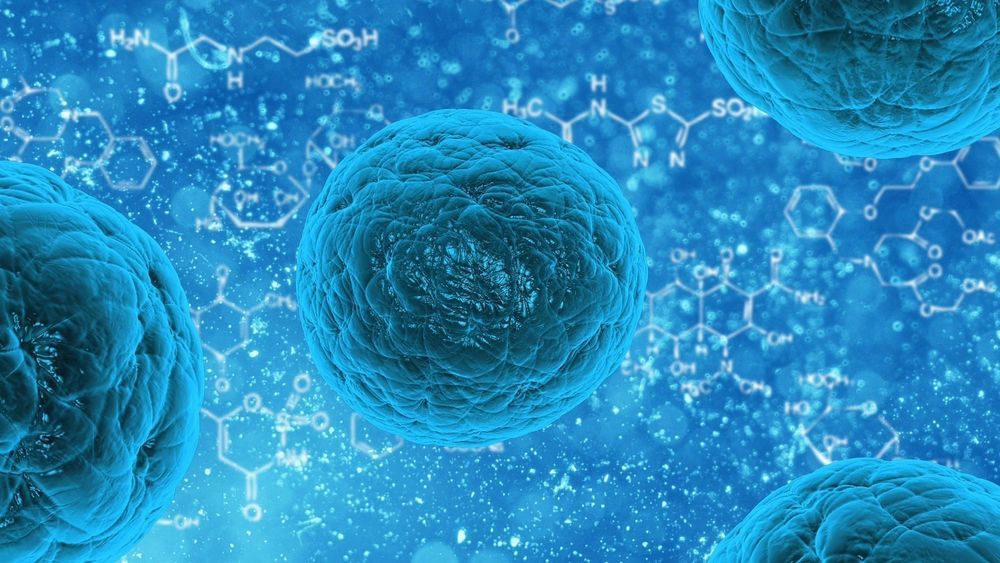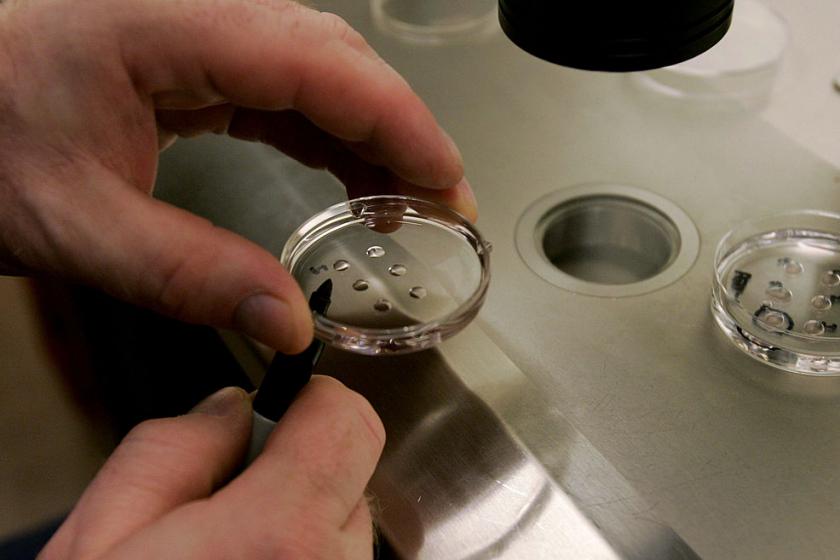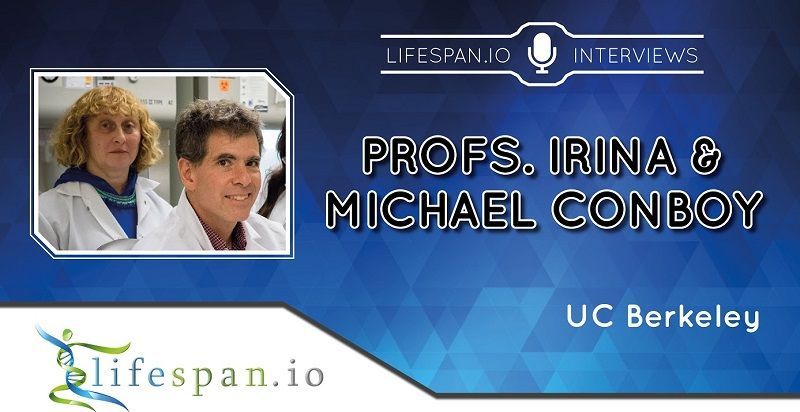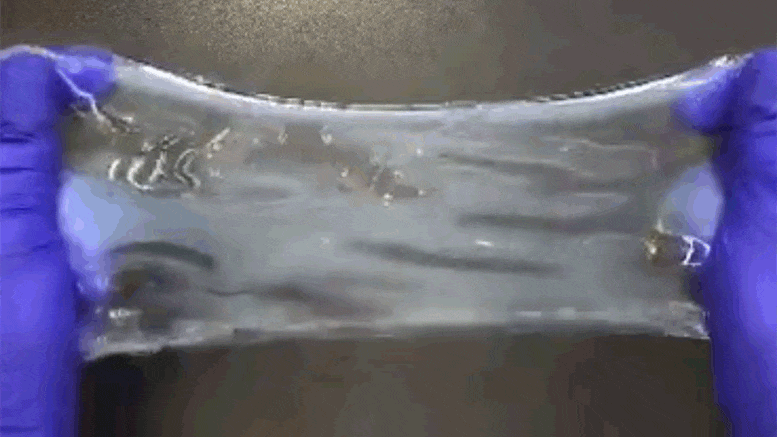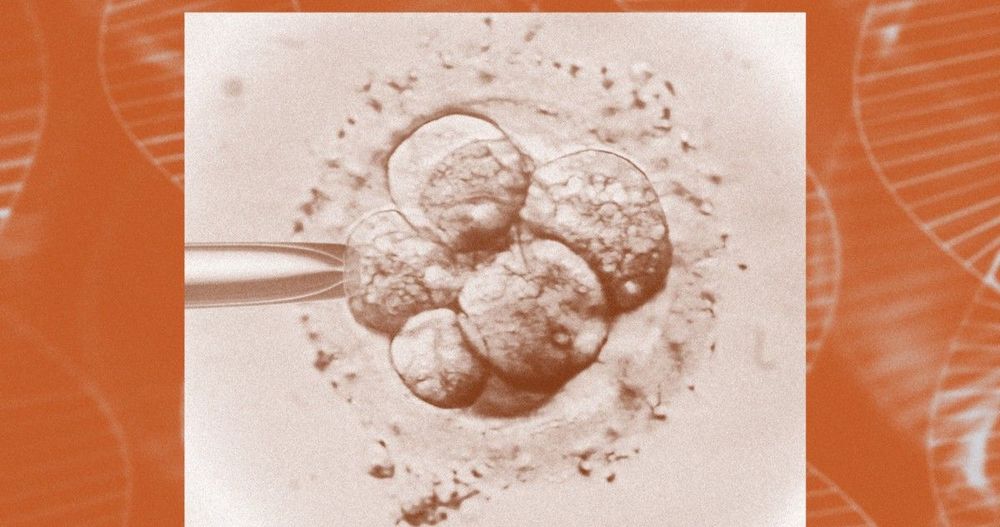Jun 19, 2020
The rate we acquire genetic mutations could help predict lifespan, fertility
Posted by Kevin Huang in categories: genetics, life extension
Differences in the rate that genetic mutations accumulate in healthy young adults could help predict remaining lifespan in both sexes and the remaining years of fertility in women, according to University of Utah Health scientists. Their study, believed to be the first of its kind, found that young adults who acquired fewer mutations over time lived about five years longer than those who acquired them more rapidly.
The researchers say the discovery could eventually lead to the development of interventions to slow the aging process.
“If the results from this small study are validated by other independent research, it would have tremendous implications,” says Lynn B. Jorde, Ph.D., chair of the Department of Human Genetics at U of U Health and a co-author of the study. “It would mean that we could possibly find ways to fix ourselves and live longer and better lives.”

